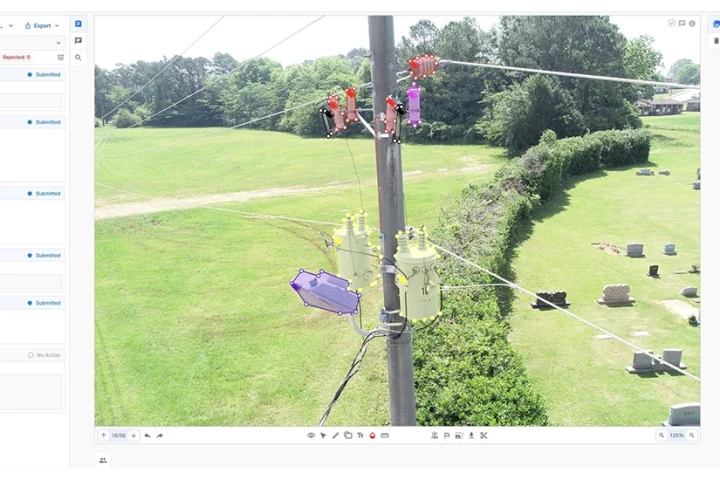Kaspersky has announced the development of a new threat intelligence service for industrial organisations. Called ICS Vulnerabilities Database, the service will offer customers access to a constantly-updated database containing information on vulnerabilities in industrial control systems, ICS, and industrial IoT products, along with rules and algorithms to detect possible attacks that could exploit them. With this service, asset owners will be able to perform vulnerability assessments and patch management, as well as ensure they are protected from possible targeted attacks.
As in any computing system, vulnerabilities in industrial components are inevitable. Each year, Kaspersky Industrial Control Systems Cyber Emergency Response Team finds no less than 60 new vulnerabilities in IIoT components and industrial control systems, potentially affecting hundreds and thousands of ICS or IIoT products. Their exploitation can lead to system failure or give malware access to the product’s management and critical manufacturing data. For customers, it is important to be aware of these vulnerabilities, understand how critical they are and what can be done to patch or mitigate them.
In addition to being aware that a vulnerability exists in a product they use on their ICS network, industrial organisations need to have the ability to detect and prevent possible attack scenarios which might occur as a result of any exploitation. The difficulty is that intrusion detection systems commonly have attack detection signatures and rules focusing primarily on IT asset protection. This means that many network attack vectors that could specifically target vulnerable ICS components might not be uncovered.
The Kaspersky ICS Vulnerability Database will include continually updated information about the most critical vulnerabilities contained in widely-used ICS products from a variety of vendors. Each record will contain detailed technical information for industrial organisations to check whether their assets are vulnerable. Users can then prioritise and plan vulnerable system updates or other actions to mitigate the risks of possible exploitation by a malicious actor. The information will be delivered in both a human and machine-readable format via REST API, so customers can both integrate it into their existing cybersecurity tools and manually decide on the remediation actions needed.
The second component of this Kaspersky service, the Network Attacks Signatures Database, provides signatures of ICS threats. It can be integrated with third party intrusion detection systems to help customers minimise the risk of cybersecurity incidents in their industrial infrastructure.
Says Georgy Shebuldaev, Head of Kaspersky Industrial Cybersecurity Business Development, Kaspersky, “This new service aims to help customers enhance their vulnerability management and incident detection with Kaspersky expertise. Penetration testing and periodic vulnerability assessments of an industrial enterprise might give a good picture of its current cybersecurity state to motivate operation technology or security teams to make improvements.”
He adds, “Continuously assessing vulnerability is one of the most important aspects of planning remediation to reduce the possible attack surface. But currently, it could only be implemented in a passive way due to the very nature of the relevant environments. Unfortunately, existing publicly available ICS or IIoT vulnerability information sources lack much of the required information, consistency and clarity to be useful for effective continuous vulnerability assessments. I believe that the ready-to-use intelligence and guidance that the ICS Vulnerabilities Database provides will solve this problem.”























